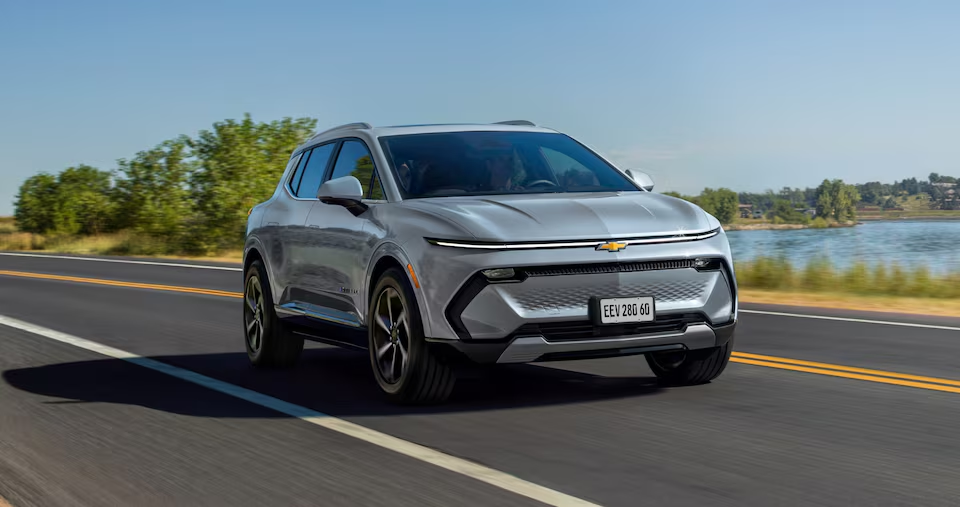In a world where sustainable solutions are more crucial than ever, Rivian is making waves with its new electric delivery vans, setting a benchmark for urban transport. According to a report by Bloomberg Green, the demand for electric delivery vehicles is projected to grow by 25% annually over the next few years, with Rivian at the forefront of this revolution. In this article, you’ll discover how Rivian’s innovative approach is transforming urban logistics, enhancing sustainability, and what this means for the future of city transport.
The Rise of Rivian Electric Vans in Urban Areas
Rivian’s Strategic Partnerships: A Game-Changer
Rivian’s electric delivery vans have gained significant traction, especially after securing a landmark deal with Amazon. According to Reuters Mobility, Amazon has ordered 100,000 custom electric vans from Rivian, aiming to deploy them by 2030. This partnership not only signifies a massive leap forward in reducing carbon emissions but also sets a precedent for other corporations to follow suit. Key features of these vans include:
- Advanced Battery Technology: Developed in collaboration with Battery University, these vans boast a range of over 150 miles per charge.
- Eco-Friendly Design: Constructed with sustainable materials, minimizing environmental impact.
- High-Tech Connectivity: Equipped with cutting-edge software for efficient route management.
Transforming Urban Logistics with Rivian
Rivian’s electric delivery vans are not just vehicles; they represent a shift in urban logistics dynamics. As cities around the globe, from New York to London, grapple with congestion and pollution, Rivian’s vans offer a clean and efficient alternative. Here’s how they’re making a difference:
- Reduced Urban Pollution: Cities like Los Angeles report that transport contributes to over 40% of greenhouse gases. Rivian’s zero-emission vans directly address this concern.
- Enhanced Efficiency: With advanced route optimization software, delivery times are reduced, benefiting both businesses and consumers.
- Cost Savings: Operating on electricity rather than fossil fuels cuts down costs, making it a financially viable option for logistics companies.
Practical Value: How to Integrate Rivian Vans into Your Fleet
Charging and Maintenance: Simple and Efficient
For businesses considering integrating Rivian’s electric vans into their fleet, understanding the charging and maintenance process is crucial. Here are some actionable tips:
- Charging Stations: TechCrunch highlights the increasing availability of fast-charging stations across urban centers. Ensure your fleet has access to these facilities.
- Maintenance: Rivian offers a comprehensive service plan, reducing the complexity of maintaining electric vehicles compared to traditional ones.
Where to Purchase and What to Compare
If you’re contemplating an investment in Rivian’s vans, here’s what you need to know:
- Purchase Options: Available directly through Rivian’s website, with flexible financing options.
- Comparison: Compare Rivian with other brands like Ford EV and Nissan in terms of range, sustainability features, and cost-effectiveness. Rivian often tops the list for its innovative technology and eco-friendly credentials.
The Future of Urban Transport: Rivian’s Vision
A Shift Towards Sustainable Mobility
Rivian’s impact on urban transport is not just about immediate benefits. It signifies a broader shift towards sustainable mobility. According to Electrek, the global electric vehicle market is expected to exceed $800 billion by 2027, with urban transport playing a key role. Rivian’s vision aligns with this trend, focusing on:
- Scalability: Plans to expand production to meet growing demand.
- Innovation: Continuous development of new technologies to enhance vehicle performance.
- Community Engagement: Collaborating with cities to build infrastructure that supports electric vehicles.
Global Mobility Trends: Rivian’s Role
Rivian is part of a larger global trend towards e-mobility. Cities worldwide are adopting policies to support electric vehicles, including:
- Incentives: Governments offer tax rebates and subsidies for electric vehicle purchases.
- Infrastructure Development: Investment in charging networks and renewable energy sources.
Conclusion: Driving Towards a Greener Future
In summary, Rivian’s electric delivery vans are revolutionizing urban transport by providing sustainable, efficient, and cost-effective solutions. As cities continue to expand and demand for green solutions grows, Rivian’s role becomes even more critical. What do you think about the future of urban transport with companies like Rivian leading the charge? Let us know your thoughts in the comments below!
Looking ahead, Rivian’s commitment to innovation and sustainability positions it as a key player in the transition towards greener cities. With urban areas increasingly prioritizing environmental health, Rivian’s electric vans are not just vehicles—they’re a vital part of the solution for a sustainable future.

